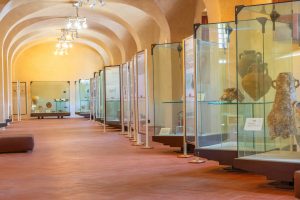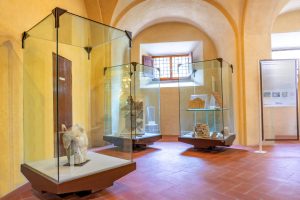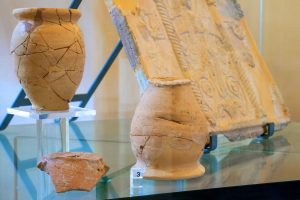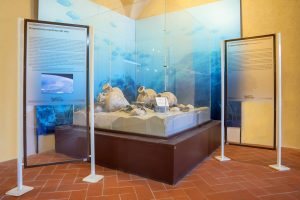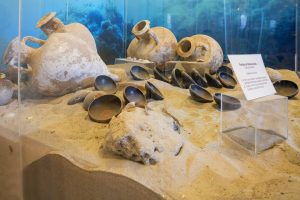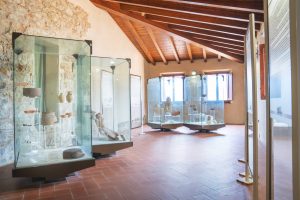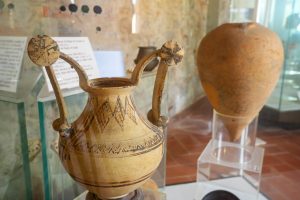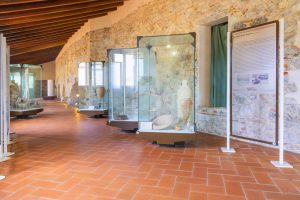Linguella Museum
La Linguella was never intended for residential use; it served as storage and warehouse space. The current Civic Archaeological Museum is housed in buildings that were originally 16th-century salt warehouses, later used for tuna storage and then converted into a prison during the Lorraine period.
Established by the City Council in 1981, the museum opened in 1985 for the major exhibition on Etruscan mining and was permanently inaugurated in 1988. It consists of two floors and presents archaeological finds curated by the Department of Archaeological Sciences at the University of Pisa, under Professor Orlanda Pancrazzi. The timeline spans from the late 8th–early 7th century BCE to the 5th century CE. Elban and archipelago artifacts are displayed in showcases with educational panels detailing historical context, key characteristics, and dating.
Exhibits focus on Elba’s economy (especially iron mining), maritime trade (such as wine transport), and ancient ship construction. Numerous amphorae help reconstruct food trade routes while offering insight into ancient daily life.
Among the rarest items is an iron anchor from the Montecristo shipwreck, encrusted with black-glazed cups and onboard pottery. Another standout piece is the granite Ara di Attiano from the 2nd century CE, dedicated to Hercules by Attianus—possibly Prefect of Emperor Hadrian’s Praetorian Guard. The altar features a dedicatory inscription and sculpted reliefs of a club (Hercules’ attribute), a lance, and a shield.
Several display cases also house valuable items from the Mellini and Foresi civic collections.
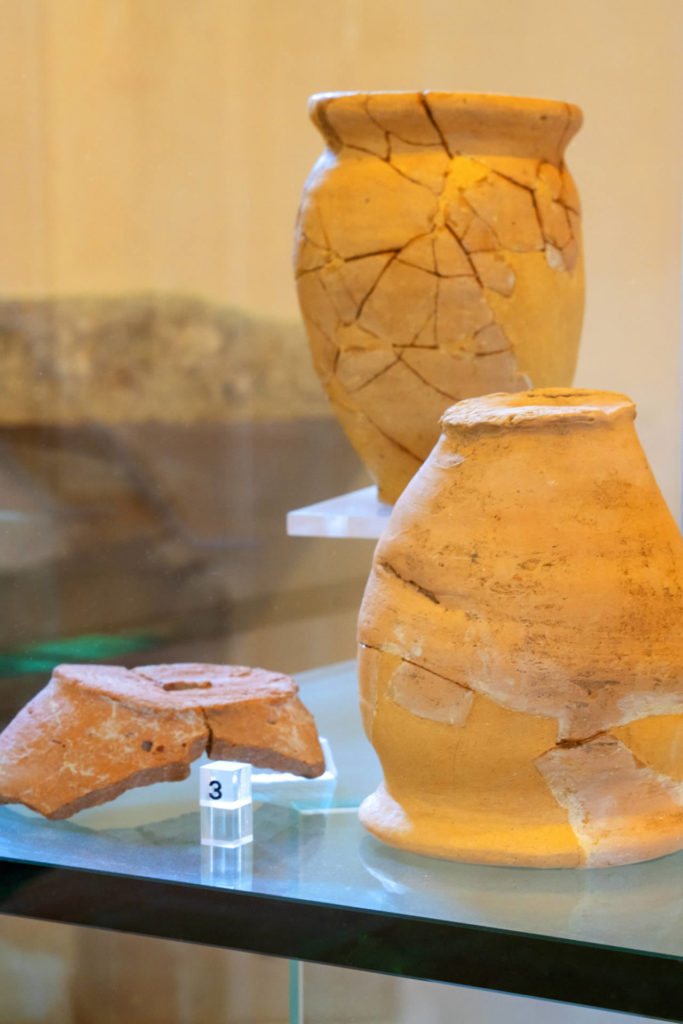
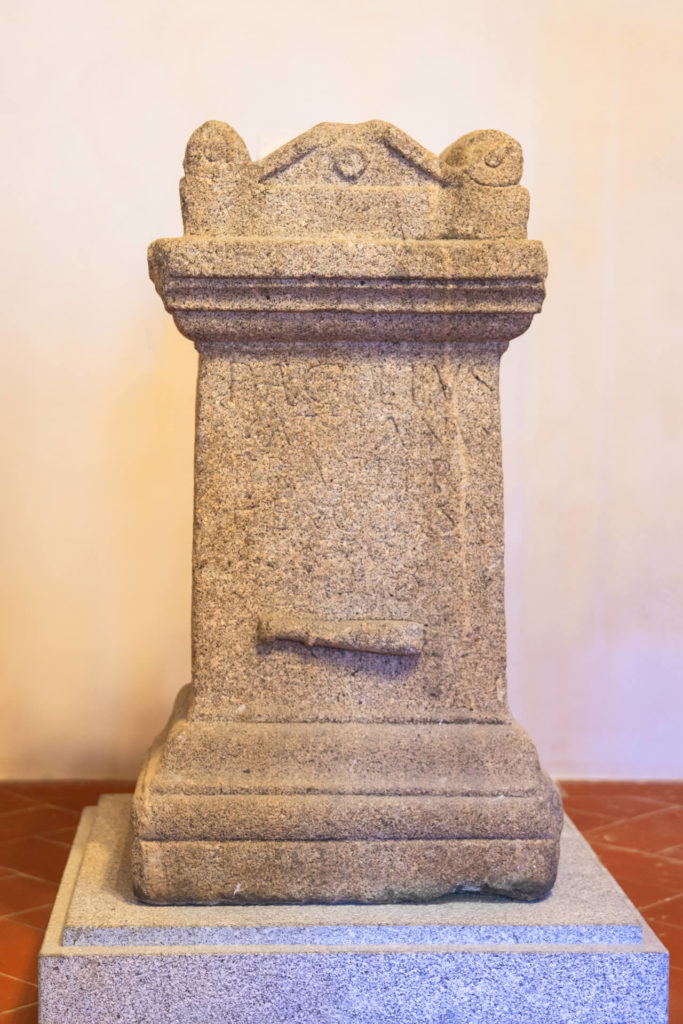
CLOSED FOR WORKS
- info@visitaportoferraio.com - tel 0565945528

